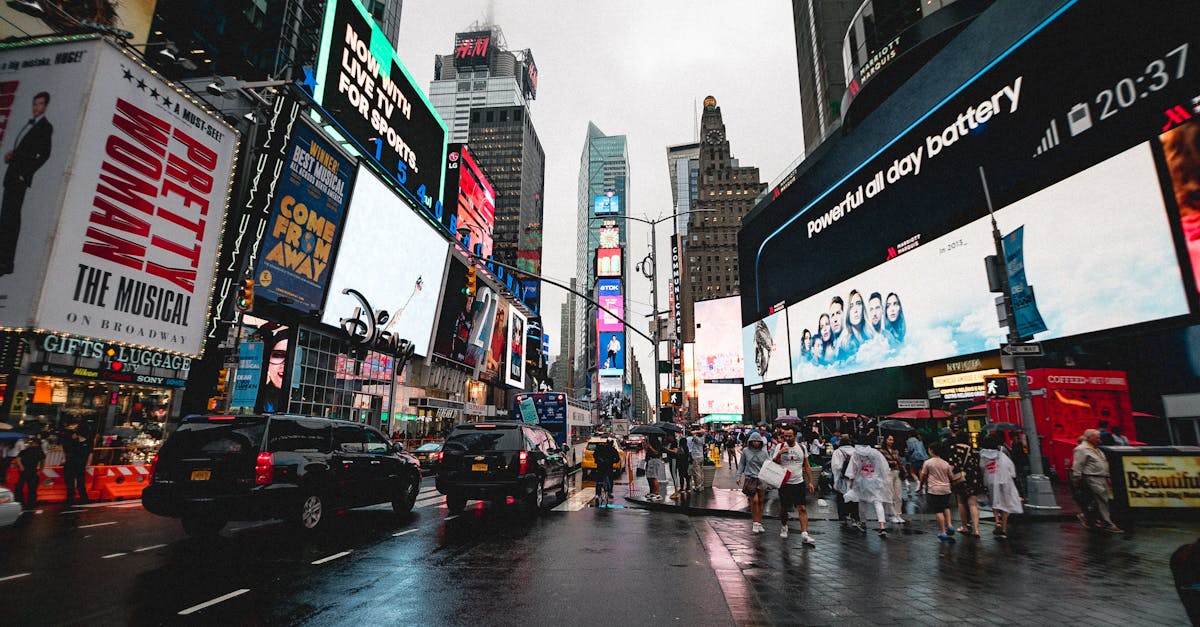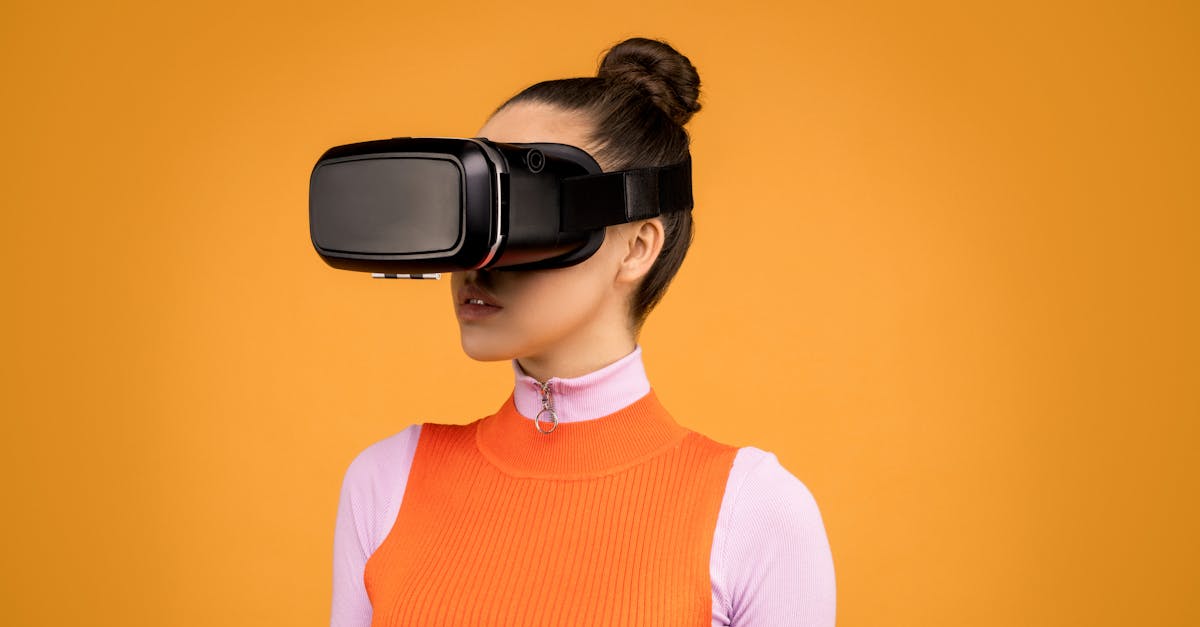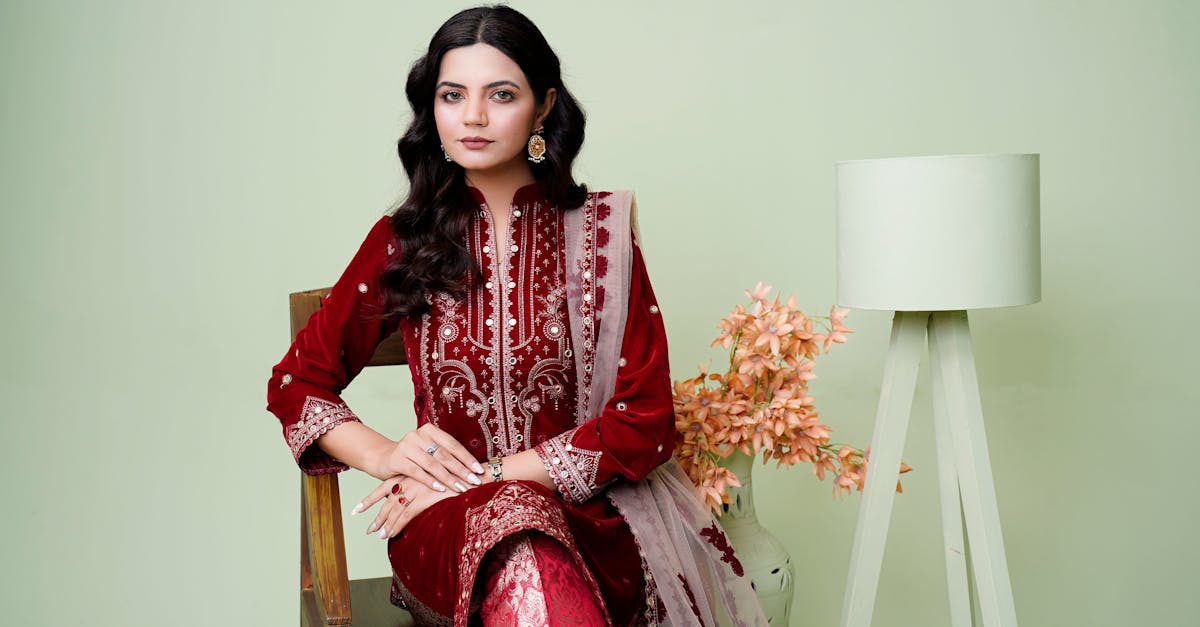Visionary Style Insights 2030
Introduction to Visionary Style 2030
As we approach 2030, fashion and design are set for transformative changes. With technological advancements and shifting societal norms, the landscape of style is ever-evolving. Visionary style insights for 2030 focus on sustainability, digital integration, and cultural influences. Designers are innovating to meet the demands of a more conscious and connected consumer base. Style predictions for this decade delve into futuristic materials, augmented reality (AR), and the intersection of tradition with modernity. These insights offer a glimpse into an exciting, diverse, and inclusive fashion future.
Advertisement
Sustainability Takes Center Stage
Sustainability continues to dominate the fashion discourse, with a stronger emphasis on environmental responsibility and lifecycle thinking. Fashion brands are adopting circular designs, utilizing recyclable and biodegradable materials, and minimizing waste. Additionally, sustainable fashion fosters transparency in supply chains, encouraging ethical labor practices and eco-friendly sourcing. High-profile collaborations between designers and environmental organizations are becoming more common, aiming to create a more sustainable fashion future. In 2030, consumers are not just buyers; they are active participants in demanding accountability and positive ecological impact from fashion brands.
Advertisement
Augmented Reality and Digital Fashion
The virtual realm is revolutionizing personal style, thanks to augmented reality and digital fashion. By 2030, AR is expected to be seamlessly integrated into shopping experiences, enabling consumers to "try on" clothes virtually before making a purchase. Digital fashion unlocks unprecedented creativity, as designers explore garments made purely for virtual environments. These digital concepts allow fashion to bend rules of physics and culture, leading to innovative and fantastical styles. The rise of virtual influencers and online-only fashion collections is reshaping how the industry engages with technology-savvy consumers.
Advertisement
Inclusivity and Personalized Fashion
Inclusivity and personalization take priority in 2030, with fashion brands recognizing the diverse needs of global consumers. Designers are moving beyond conventional size ranges, offering customizable options that cater to individual preferences and fit. Emphasizing inclusivity includes accommodating varied body types, ages, and abilities, as well as offering gender-neutral and culturally sensitive designs. Technology plays a pivotal role, with AI-driven insights tailoring fashion experiences to individual tastes and lifestyles, ensuring that everyone feels represented and celebrated in their fashion choices.
Advertisement
The Influence of Cultural Heritage
Cultural heritage and traditional craftsmanship increasingly inform fashion with a global outlook in 2030. Designers are drawing inspiration from indigenous textiles, traditional techniques, and historic motifs. This resurgence of cultural appreciation highlights the importance of preserving identities while celebrating uniqueness. As globalization broadens access to diverse cultures, collaborations between local artisans and global designers are thriving. Such partnerships not only support craftsmanship but also promote cultural preservation and education, enriching the fashion narrative with stories passed through generations.
Advertisement
Smart Fabrics and Functional Elegance
Smart fabrics, equipped with technology to monitor health or adapt to temperature changes, push functional fashion to the forefront. By 2030, garments will incorporate sensors, nanotechnology, and interactive elements, balancing aesthetics with practicality. This trend toward technology-enabled wearables emphasizes innovation in fabric functionality—clothes that respond to the wearer's environment or enhance daily life. From self-cleaning textiles to garments that charge electronic devices, smart fabrics epitomize the convergence of fashion, technology, and utility, offering a futuristic yet functional approach to style.
Advertisement
The Resurgence of Craft and Handmade Artistry
Handmade artistry and traditional crafting techniques are seeing a revival in 2030. This resurgence contrasts the fast-paced digital world, offering a meditative and sustainable approach to fashion. Consumers increasingly value the authenticity and uniqueness provided by handmade pieces. Craftsmanship ensures quality and durability, aligning with a slower fashion movement that opposes mass production. Artisans are empowered, and skills passed down through generations find a prominent place within a modern context, creating pieces that tell a personal and timeless story.
Advertisement
Evolving Fashion Retail Experiences
The fashion retail landscape is transforming, driven by immersive experiences and technological integration. Physical stores evolve into experiential hubs, combining technology and tailored service to engage consumers actively. Retailers offer interactive displays, virtual reality fashion shows, and AI-driven personal stylists, creating a shopping environment that is both memorable and convenient. E-commerce continues to grow, providing curated collections online and integrating augmented reality to enhance the digital shopping experience. By embracing innovation, fashion retailers are maintaining relevance in a technology-driven world.
Advertisement
The Impact of Viral Social Movements
Viral social movements, amplified by social media, significantly influence fashion trends and norms in 2030. Issues such as body positivity, gender equality, and climate action become pivotal in shaping fashion agendas. Brands align with activist causes, using their platforms to advocate for change and inclusion. Social media empowers consumers to express their beliefs through fashion, creating trends informed by activism and community identity. This dynamic interplay between fashion and social movements highlights an era where style is both a personal and political statement, merging aesthetics with advocacy.
Advertisement
Conclusion of Fashion's Future
The future of fashion leading up to 2030 is marked by innovation, inclusivity, and sustainability. As the industry adapts to the changing needs and desires of a global audience, designers are poised to create impactful and thoughtful clothing that resonates on personal and societal levels. Embracing technology and cultural appreciation will drive new possibilities in fashion, fostering a landscape that celebrates heritage while embracing the future. Through visionary insights, the fashion industry is set to inspire positive change and redefine how we express identity through style. The decade ahead promises a vibrant, interconnected, and ecologically-conscious fashion world.
Advertisement








